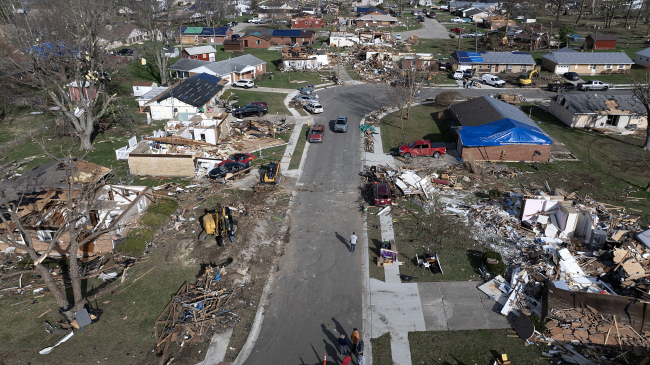Arctic sea ice coverage reached a record low last month

A collage of typical climate and weather-related events: heatwaves, drought, hurricanes, wildfires and changes in sea ice coverage. (Image credit: NOAA)
Earth continues to sweat it out, and last month was no exception. April 2019 was the second-hottest April on the record, which dates to 1880. The Arctic region wasn’t spared either, as sea ice coverage shrunk to a record low for the month.
Here are highlights from NOAA’s latest monthly global climate report:
Climate by the numbers
April 2019
The average global temperature in April was 1.67 degrees F above the 20th-century average of 56.7 degrees F, making it the second-hottest April in the 140-year record behind April 2016. Last month also was the 43rd consecutive April and 412 consecutive month that saw above-average global temperatures.
Year to date I January through April
The period from January through April produced a global temperature 1.62 degrees F above the average of 54.8 degrees, which is the third-hottest YTD on record. The record-warm temperatures for the fourth-month period were registered in parts of Australia, southeastern Brazil, central Asia, the southern Atlantic and southwestern Indian oceans and the Barents, East China and Tasman seas.

More notable stats
-
Sea ice shrinks markedly at both poles: Average Arctic sea ice coverage (extent) in April was 8.4 percent below the 1981-2010 average – the lowest for April on record. The Antarctic sea ice extent was 16.6 percent below average, the third smallest for April on record.
-
Canadian coolness reached southward: Cooler-than-average temperatures were logged from January through April across much of Canada and the north-central U.S., about 3.6 degrees F below average.
More > Access NOAA's report and download images from the NCEI website.
Media contact
John Leslie, 301-713-0214



